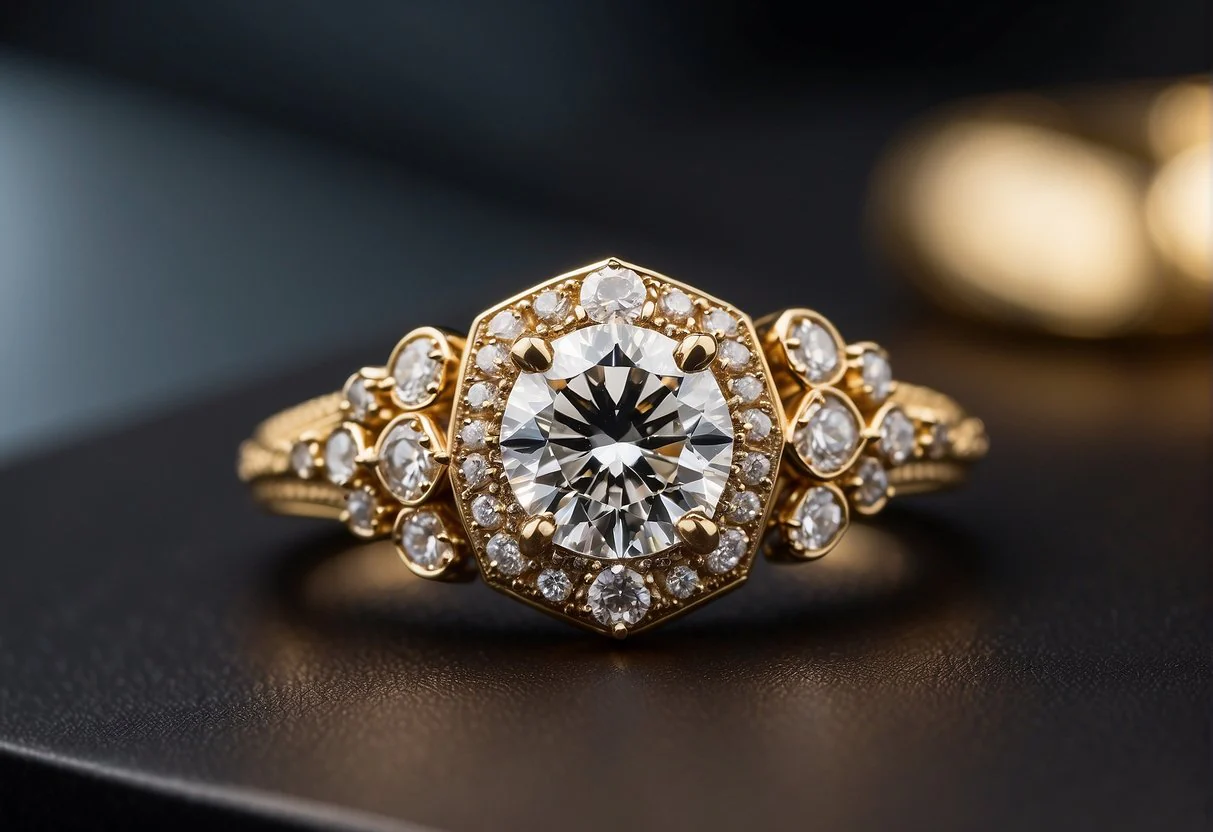When choosing the symbol of a lifelong commitment, such as engagement rings, the significance goes beyond its monetary or aesthetic value. Engagement rings embody the promise of love and fidelity, making every aspect of their creation significant, including the origin of the diamonds they bear. In recent years, the jewelry industry has seen a growing demand for conflict-free diamonds—diamonds that are ethically sourced and support responsible mining practices. This shift reflects a broader global movement towards sustainability and ethical consumerism.
Conflict-free diamonds are mined under stringent regulations that ensure the diamonds do not finance civil wars, human rights abuses, or environmental degradation. These regulations aim to promote fair labor practices and environmentally responsible mining techniques. By opting for conflict-free diamonds, consumers contribute to the ethical diamond trade, supporting initiatives that benefit mining communities and protect the environment.
The journey towards ensuring a diamond is conflict-free begins at the mines themselves. Responsible mining practices prioritize the well-being of workers, ensuring safe working conditions and fair wages. Moreover, these practices promote community development by investing in education, healthcare, and infrastructure in diamond mining regions. This approach not only uplifts the quality of life for miners and their families but also fosters sustainable economic growth within these communities.
In addition to ethical considerations, conflict-free diamonds adhere to strict environmental standards. Mining operations are conducted with minimal environmental impact, including efforts to reduce carbon emissions, conserve water resources, and rehabilitate land post-mining. Some mining companies even engage in reforestation projects and wildlife conservation initiatives to offset their ecological footprint. Such practices align with global efforts to combat climate change and preserve biodiversity, making conflict-free diamonds a choice that supports environmental sustainability.
The certification process plays a crucial role in verifying a diamond’s conflict-free status. Organizations like the Kimberley Process Certification Scheme (KPCS) and the Responsible Jewellery Council (RJC) set standards and monitor the entire diamond supply chain—from mining to retail. They ensure that diamonds are traceable and ethically sourced, providing consumers with assurance and transparency about their purchase. Many jewelers now prominently display these certifications, empowering consumers to make informed decisions that align with their values.
Beyond the ethical and environmental aspects, choosing conflict-free diamonds also aligns with evolving consumer preferences. Today’s consumers, particularly millennials and Gen Z, prioritize transparency and ethical considerations when making purchasing decisions. They seek products that resonate with their values of social responsibility and sustainability. As a result, jewelers and diamond retailers are increasingly committing to offering conflict-free options, responding to the demand for ethical jewelry choices.
In conclusion, when selecting engagement rings adorned with diamonds, opting for conflict-free diamonds is a powerful choice. It signifies a commitment not only to the beauty and symbolism of the ring but also to the ethical and sustainable practices that define its creation. By supporting responsible mining practices and ethical standards, consumers contribute to positive social impact and environmental stewardship. Conflict-free diamonds not only sparkle with brilliance but also with the promise of a better future for diamond mining communities and the planet. As the demand for ethical engagement rings continues to grow, so too does the opportunity to make a meaningful difference through our choices as consumers.





